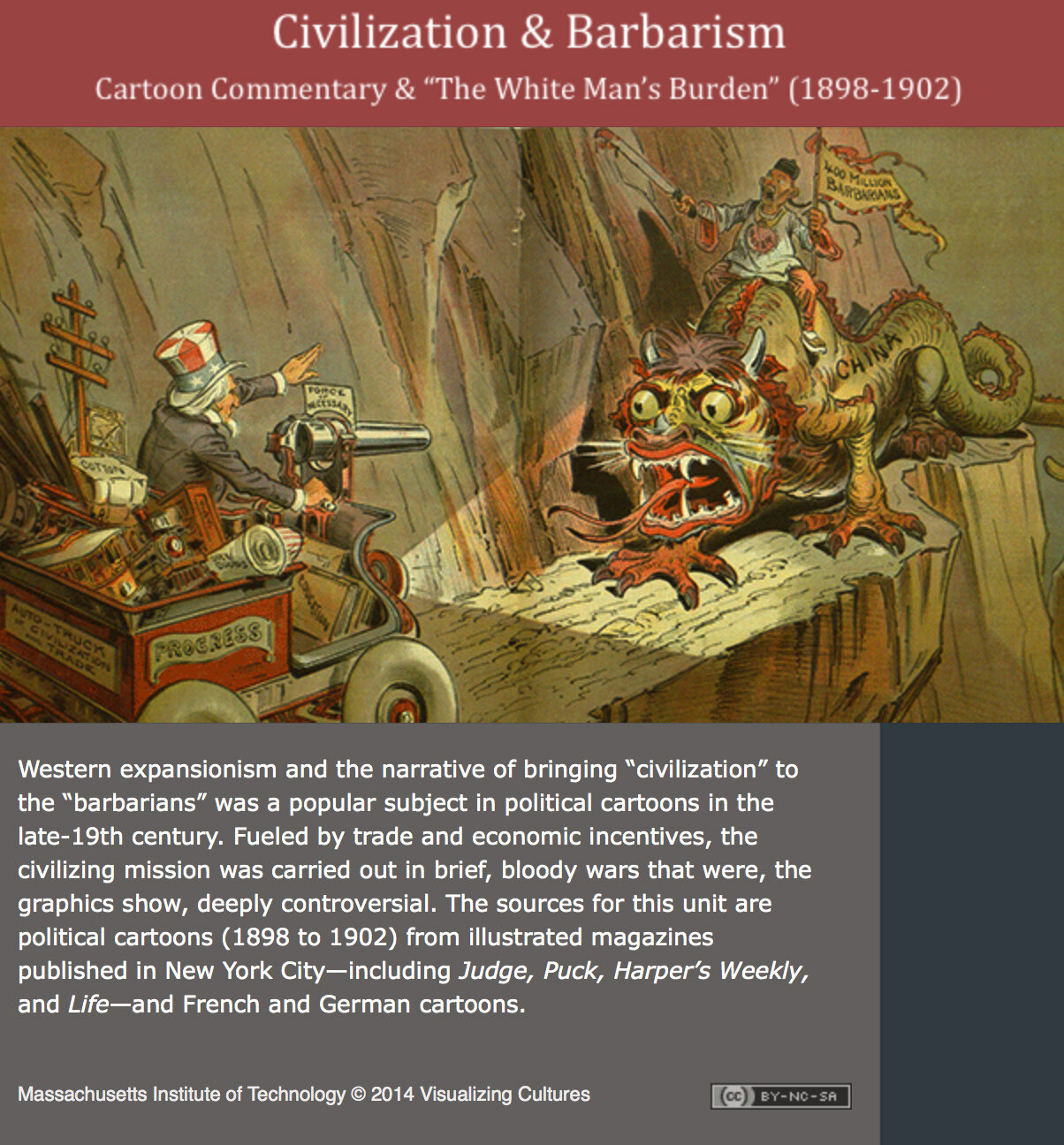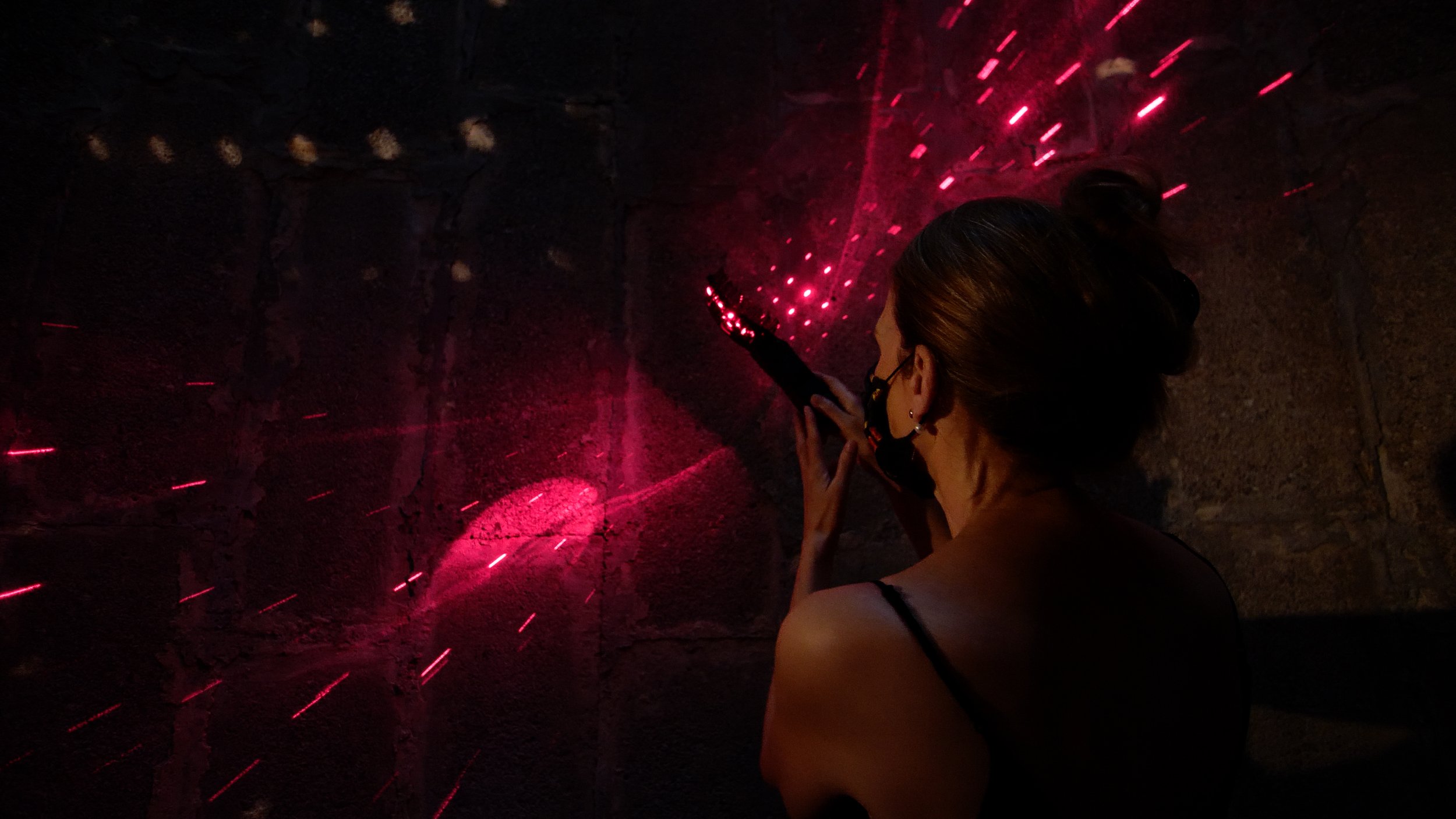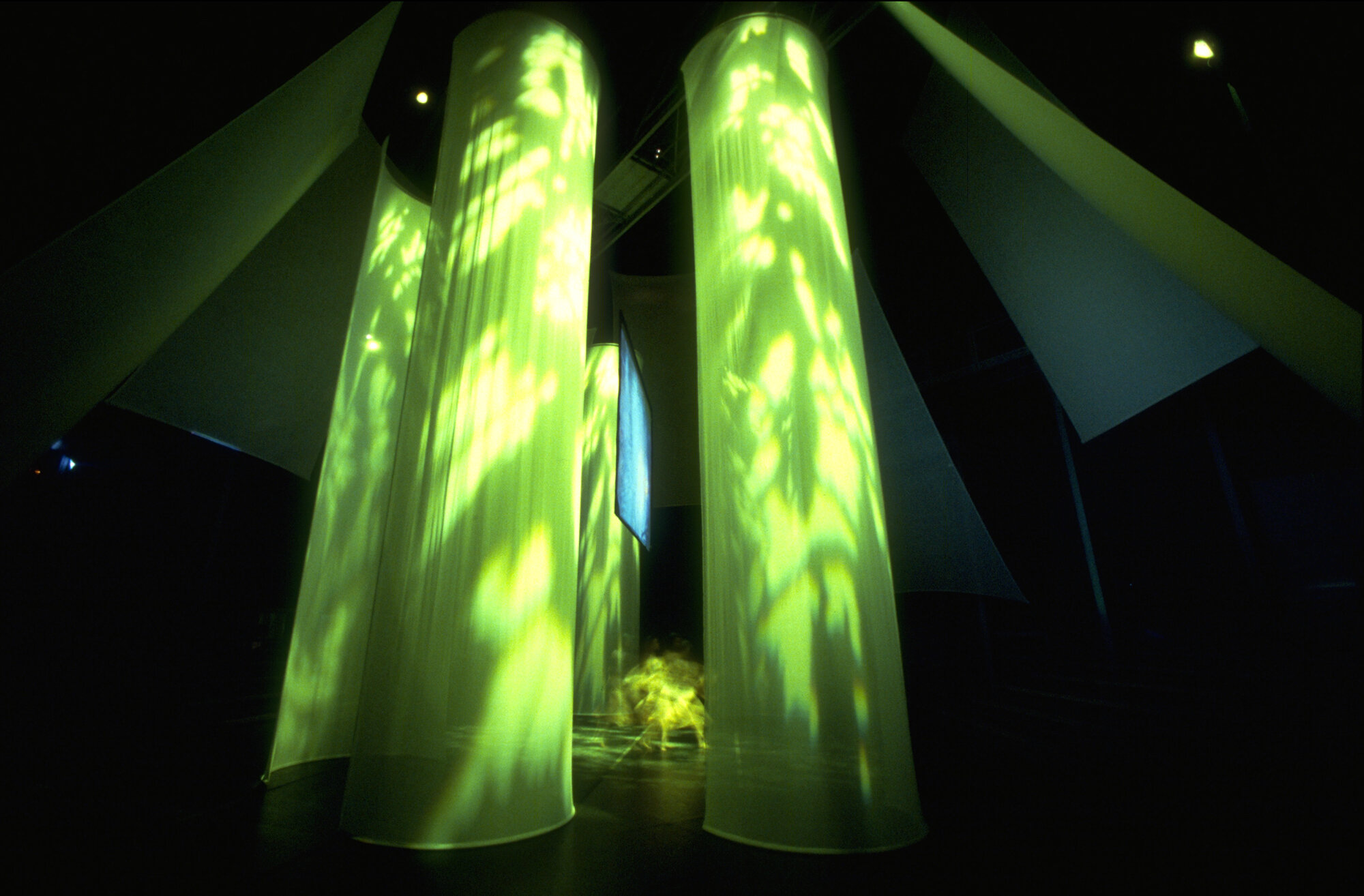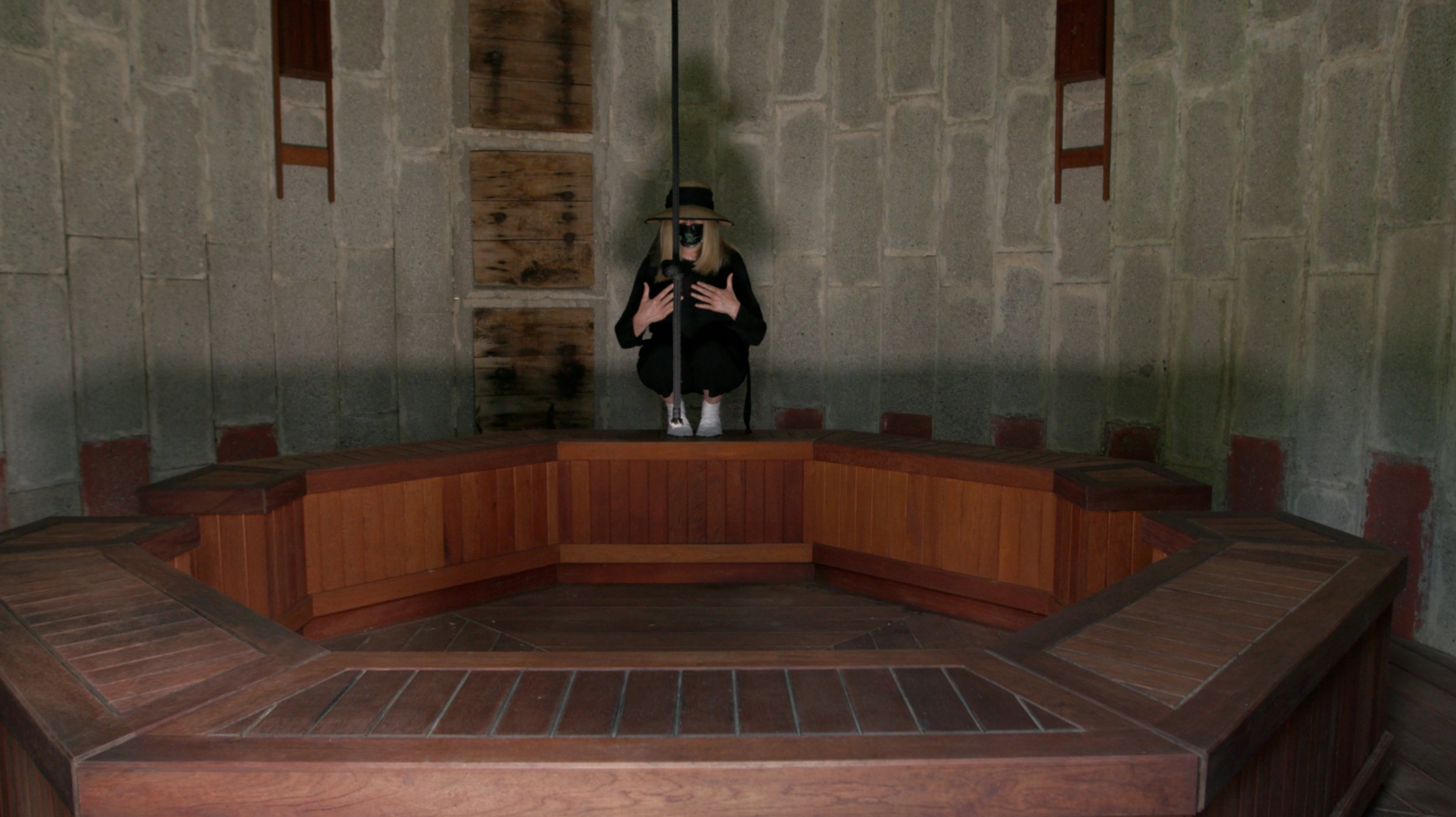
Bio
Ellen Sebring, PhD, is an artist, designer, and new media researcher. She has been Creative Director of the MIT Visualizing Cultures project since its founding in 2002. She was a Fellow at the Center for Advanced Visual Studies (CAVS) at MIT, and Post-Doctoral Associate at Duke University. In the late 1990s, she was President of Botticelli Interactive. Sebring earned the SMVisS degree at the Massachusetts Institute of Technology, and the PhD at the Centre for Advanced Inquiry in the Integrative Arts (CAiiA) at Plymouth University in the UK.
cv (pdf) | bio (pdf)
A Centerbook book launch and Research Salon sponsored by MIT’s Art Culture and Technology (ACT) took place at MIT late October 2023. The book launch presentations was graciously hosted by the Goethe Institute Boston on Friday evening, Oct. 20, 2023.








Centerbook
Centerbook: The Center for Advanced Visual Studies and the Evolution of Art-Science-Technology at MIT The first history of CAVS co-authored by Ellen Sebring and Elizabeth Goldring came out in October 2019, launched at the Frankfurt Book Fair. Sebring also designed the book, compiling a database of nearly 30,000 images. Published by SA+P Press and ZKM Karlsruhe. Distributed by MIT Press [link].





MIT Visualizing Cultures
As Creative Director of the Visualizing Cultures project, founded at MIT in 2002 to explore the potential of digital images for new forms of history, Sebring designed the site framework, and has collaborated with some 28 scholars on more than 50 content units. Visualizing Cultures has become a widely recognized resource for scholarship on modern Japan and China, and image-driven scholarship, the topic of four co-sponsored conferences. Sebring’s essays on image-driven scholarship and history include Civilization & Barbarism: Cartoon Commentary & the “White Man’s Burden” (1898–1902), published by MIT Visualizing Cultures, and reprinted in several academic journals. She was lead developer for a series of online courses created with the eminent historian, John W. Dower, beginning in 2014 with the award-winning Visualizing Japan (1850s–1930s): Westernization, Protest, Modernity (VJx) a collaboration between MITx and HarvardX. More than 32,000 students have enrolled to date. Sebring co-taught Visualizing Imperialism and the Philippines (VPx) in 2018, and Visualizing the Birth of Modern Tokyo (VTx) in 2020.
Images above: samples from MIT Visualizing Cultures website and exhibitions, and from Sebring’s essay Civilization & Barbarism







Art
Sebring’s video art work explores deconstructed narrative through image-sound composition. She is a classical musician, and applies the principles of composition to visual imagery and environmental sound. In 2021 and 2022, she participated in global virtual performance and festival, B3, hosted by HfG Offenbach in Germany.
Images above: video art works and collaborations by Ellen Sebring





Interactive
From 1995-2002, Sebring was President of Botticelli Interactive, Inc., founded with colleagues at MIT to investigate nonlinear storytelling as personal computing began to proliferate. The company produced award-winning interactive film and museum designs.
Images above: samples of Botticelli Interactive projects








Research
Sebring researches visual narrative in the digitized historical record and global image archives. She is interested in the relational grammar of images to develop digital-native authoring tools that break traditional text-based forms. She works at the intersection of history and new media design. For example, March 1900 is a virtual reality project that explores enhanced looking and restores tactile aspects of physical archives to digital sources, supporting an image-based historiographic approach. She presented this VR project at the Association for Asian Studies (AAS) annual conference in 2019. Her doctoral dissertation, Visual Narrative, developed a case study on the multinational visual record of the Boxer Uprising in China, 1900, and proposed a software design for visual authoring that unites narrative and database: the Visual Narrative Field (VNF) model.
Images above: Excerpt from immersive VR prototype, March 1900. At the Harvard Visualization Lab, working on March 1900 VR project, photos by Rus Gant, lab director; Visual Narrative Field model illustrations from Sebring, “Around Me: Granularity through Triangulation and Similar Scenes,” Technoetic Telos: Art, Myth and Media, 2012
next: visualizing cultures >
Image top: Ellen Sebring photo by Richard Sebring at 50th Anniversary of Haystack Observatory where their father was a director, 2014